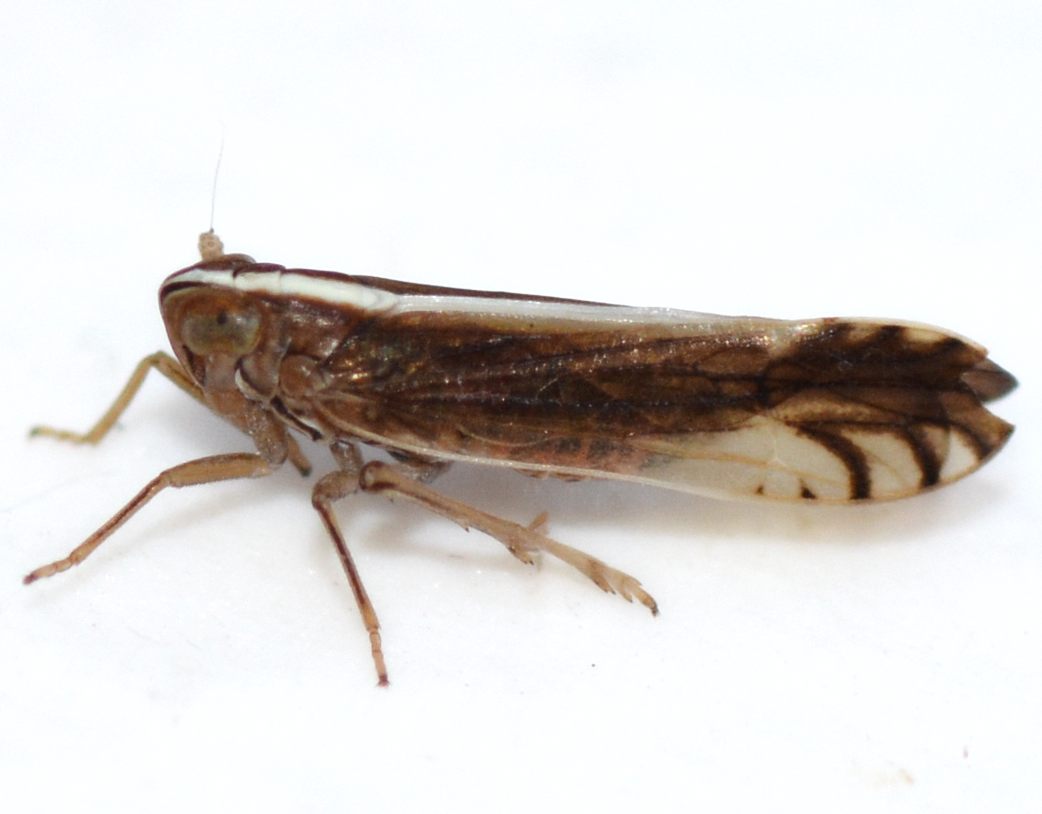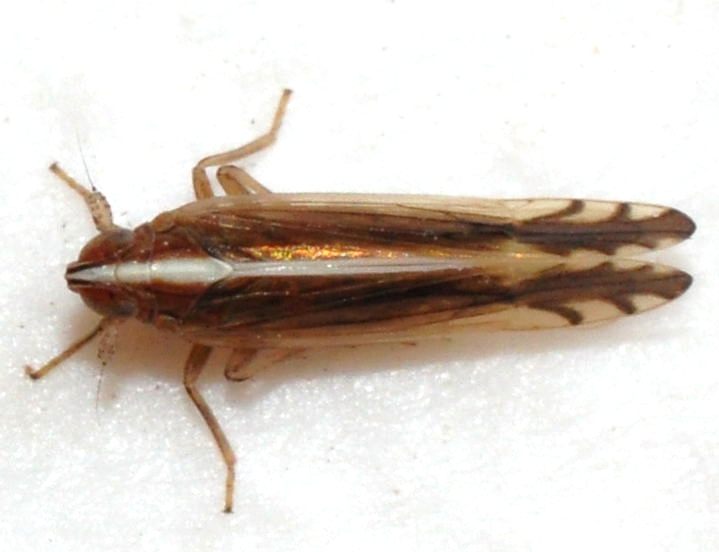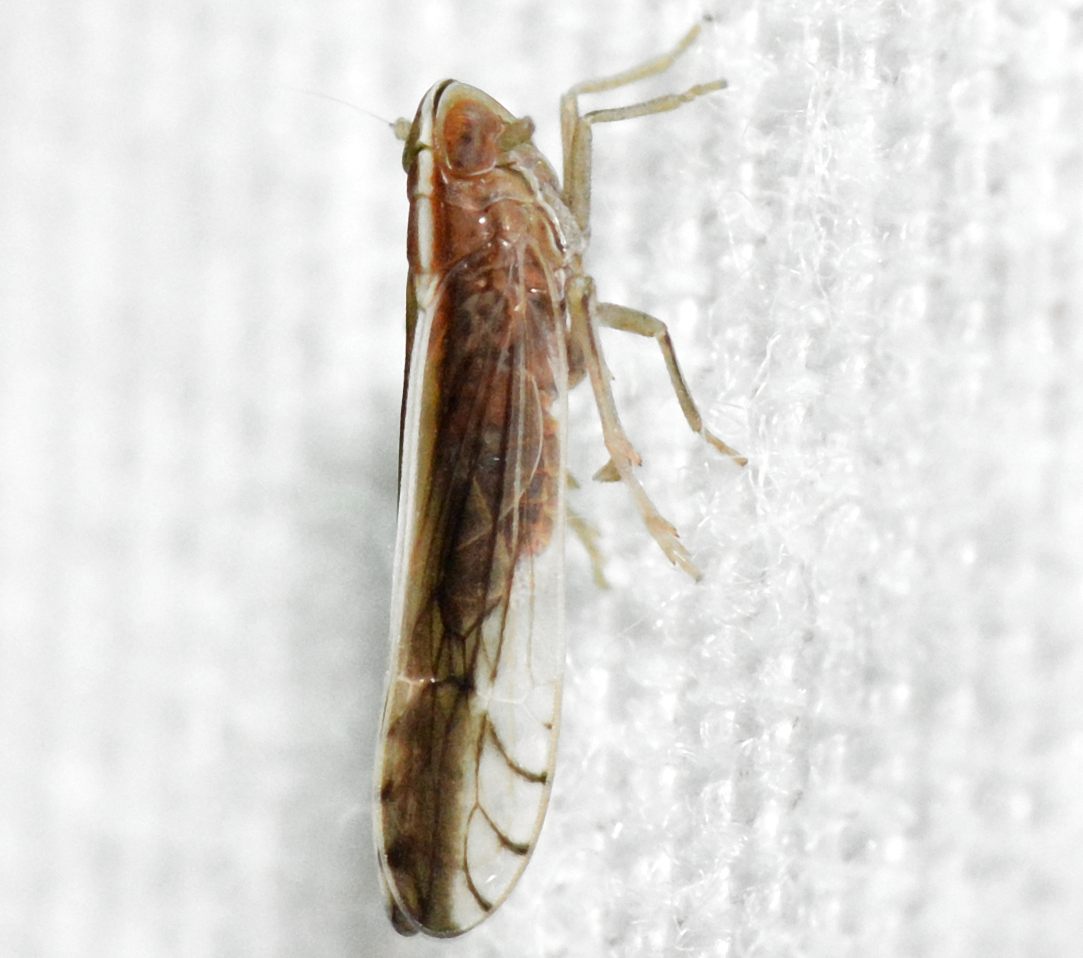Species Photo Gallery for Stenocranus lautus No Common Name 40 |
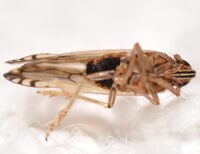 | Photo by: Erich Hofmann
Craven Co.
Comment: pics by K. Kittelberger | 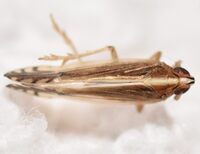 | Photo by: Erich Hofmann
Craven Co.
Comment: pics by K. Kittelberger |
 | Photo by: Erich Hofmann
Craven Co.
Comment: pics by K. Kittelberger | 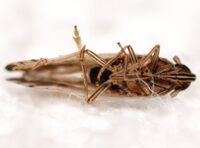 | Photo by: Erich Hofmann
Craven Co.
Comment: https://www.inaturalist.org/observations/46406493- dorsomedial length of hind tibia is greater than that of hind tarsus. Male, 4.8 mm; photographed by K. Kittelberger |
 | Photo by: Erich Hofmann
Craven Co.
Comment: https://www.inaturalist.org/observations/46406493- dorsomedial length of hind tibia is greater than that of hind tarsus. Male, 4.8 mm; photographed by K. Kittelberger |  | Photo by: Erich Hofmann
Craven Co.
Comment: https://www.inaturalist.org/observations/46406493- dorsomedial length of hind tibia is greater than that of hind tarsus. Male, 4.8 mm; photographed by K. Kittelberger |
 | Photo by: Erich Hofmann
Craven Co.
Comment: dorsomedial length of hind tibia is longer than hind tarsus; https://www.inaturalist.org/observations/46406456. Female, 5.4 mm; photographed by K. Kittelberger |  | Photo by: Erich Hofmann
Craven Co.
Comment: dorsomedial length of hind tibia is longer than hind tarsus; https://www.inaturalist.org/observations/46406456 |
 | Photo by: Erich Hofmann
Craven Co.
Comment: dorsomedial length of hind tibia is longer than hind tarsus; https://www.inaturalist.org/observations/46406456. Female, 5.4 mm; photographed by K. Kittelberger | 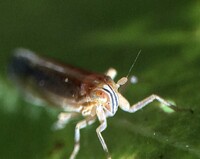 | Photo by: Ted Wilcox
Watauga Co.
Comment: unid_planthopper |
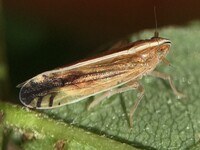 | Photo by: Ted Wilcox
Watauga Co.
Comment: unid_planthopper | 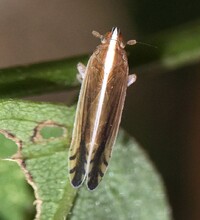 | Photo by: Ted Wilcox
Watauga Co.
Comment: unid_planthopper |
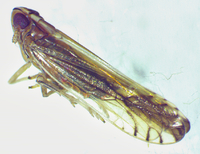 | Photo by: Ken Kneidel
Mecklenburg Co.
Comment: 4.7 mm male came to UV light at night, wooded residential area | 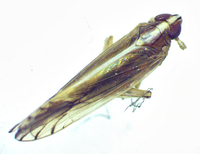 | Photo by: Ken Kneidel
Mecklenburg Co.
Comment: 4.7 mm male came to UV light at night, wooded residential area |
 | Photo by: Ken Kneidel
Mecklenburg Co.
Comment: 4.7 mm male came to UV light at night, wooded residential area |  | Photo by: Ken Kneidel
Mecklenburg Co.
Comment: 4.7 mm male came to UV light at night, wooded residential area |
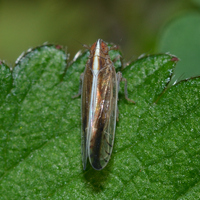 | Photo by: Margarita Lankford
Orange Co.
Comment: https://www.inaturalist.org/observations/140918279 | 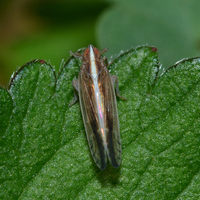 | Photo by: Margarita Lankford
Orange Co.
Comment: https://www.inaturalist.org/observations/140918279 |
 | Photo by: Margarita Lankford
Orange Co.
Comment: https://www.inaturalist.org/observations/140918279 | 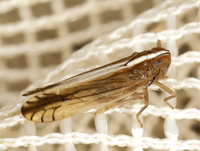 | Photo by: John Petranka
Durham Co.
Comment: New Hope Creek Biodiversity Survey (2021-2022) |
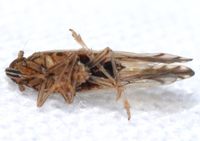 | Photo by: Bo Sullivan
Ashe Co.
Comment: male, photographed by K. Kittelberger |  | Photo by: Bo Sullivan
Ashe Co.
Comment: male, photographed by K. Kittelberger |
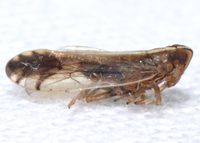 | Photo by: Bo Sullivan
Ashe Co.
Comment: male, photographed by K. Kittelberger | 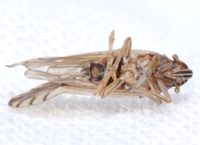 | Photo by: Rob Van Epps
Mecklenburg Co.
Comment: specimen photographed by Kyle Kittelberger; 4.8 mm |
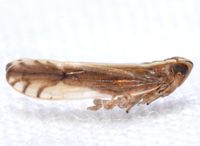 | Photo by: Rob Van Epps
Mecklenburg Co.
Comment: specimen photographed by Kyle Kittelberger; 4.8 mm |  | Photo by: Rob Van Epps
Mecklenburg Co.
Comment: specimen photographed by Kyle Kittelberger; 4.8 mm |
 | Photo by: Mark Shields
Onslow Co.
Comment: | 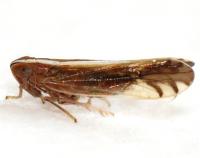 | Photo by: Kyle Kittelberger, Brian Bockhahn
Moore Co.
Comment: sandhills (pine forest) habitat with lots of shrubby vegetation |
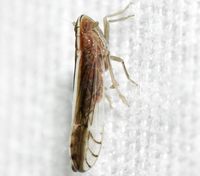 | Photo by: Kyle Kittelberger, Brian Bockhahn, Paul Scharf
New Hanover Co.
Comment: open woodlands, pine dominated | 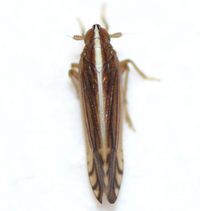 | Photo by: Kyle Kittelberger, Paul Scharf
Wake Co.
Comment: brushy habitat near mixed hardwood forest |
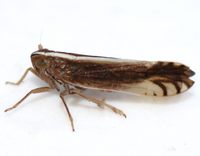 | Photo by: Kyle Kittelberger, Paul Scharf
Wake Co.
Comment: brushy habitat near mixed hardwood forest |  | Photo by: Kyle Kittelberger
Wake Co.
Comment: open forest habitat, near mixed hardwoods; on a lawn |
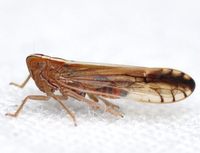 | Photo by: Kyle Kittelberger
Wake Co.
Comment: open forest habitat, near mixed hardwoods; on a lawn | 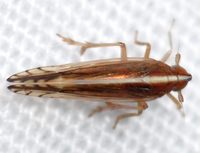 | Photo by: Kyle Kittelberger
Wake Co.
Comment: open forest habitat, near mixed hardwoods; on a lawn |
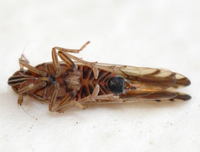 | Photo by: Kyle Kittelberger, Brian Bockhahn
Moore Co.
Comment: sandhills (pine forest) habitat with lots of shrubby vegetation |  | Photo by: Kyle Kittelberger, Brian Bockhahn
Moore Co.
Comment: sandhills (pine forest) habitat with lots of shrubby vegetation |
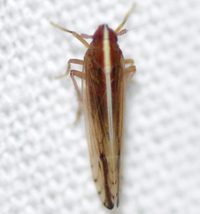 | Photo by: Kyle Kittelberger, Brian Bockhahn
Rockingham Co.
Comment: grassy area near mixed hardwood forest and pond | 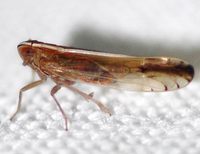 | Photo by: Kyle Kittelberger, Brian Bockhahn
Rockingham Co.
Comment: grassy area near mixed hardwood forest and pond |
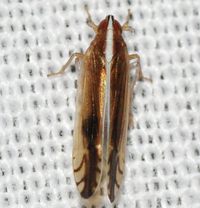 | Photo by: Kyle Kittelberger, Brian Bockhahn
Washington Co.
Comment: open forest habitat | 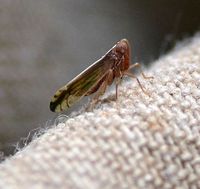 | Photo by: Paul Scharf
Warren Co.
Comment: Caught Sweeping |
|

 »
»
